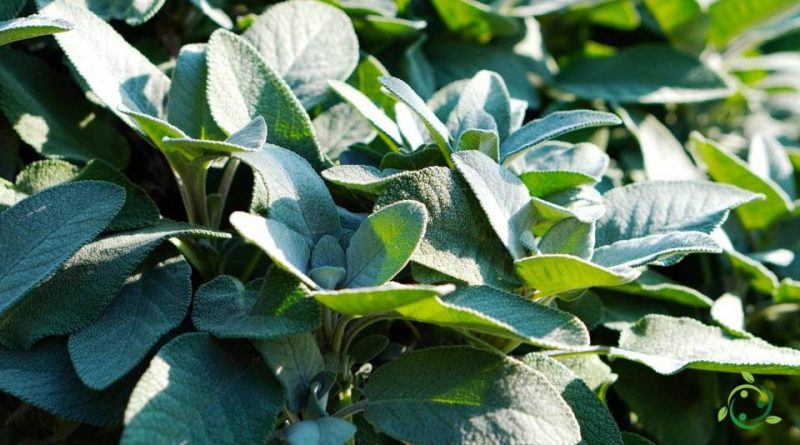How Sage reproduces
How Sage reproduces
Common sage (Salvia officinalis L., 1753) is an aromatic herbaceous perennial plant of the Lamiaceae family.
This plant is native to southern Europe, present in all Italian regions, cultivated and sometimes wild.
The leaves of this plant are used, both for aromatic and medicinal use, which can be harvested all year round. It is also possible to dry them in a shady and ventilated place.
In this sheet we will see the propagation systems of sage, with the related techniques while as regards the general cultivation technique, see the following sheet.
Propagation by seed –
When propagating by seed, take into account that the sage seed is very small and has a low germinability, therefore if you decide to sow it is important to abound, putting more seeds than you need.
The best time to sow sage is the beginning of spring, therefore between March and April, in order to be able to transplant the definitively formed seedling in May.
It is recommended to sow in early spring, with coverage at 18 ° C; germination occurs after 1-2 weeks. Or sow in late spring in the open field, when the temperature remains above 7 ° C. Germination, under these conditions, takes 2-3 weeks. Subsequently the shoots will have to be thinned out.
Propagation by cuttings –
Sage is a herbaceous species with woody parts that are very easy to root, so with the cutting you can get seedlings in a short time. Obviously it is necessary to have an existing plant available. What is interesting about this type of propagation is that, being asexual, we are guaranteed to keep exactly the same variety as the mother plant, without genetic variations.
For this technique it is necessary to intervene in April by taking cuttings of sage about 10-15 centimeters long from a head of sage, even new.
At this point all the lower leaves must be removed, leaving only one or two pairs of leaflets on top of the sage cutting. The sage cuttings are then put to root in plastic jars or other material, placing them in a sheltered place until rooting has taken place, keeping the soil moderately moist. Towards the end of June they can be transplanted.
Transplant –
As for the transplantation, both of the seedlings obtained by seed and by cuttings, before carrying out it it is good to work the soil in order to make it welcoming for the roots of the plant: a deep digging and a more superficial hoeing is recommended.
At this stage we can also take advantage of it to incorporate compost into the soil, enriching the soil with nutrients.
The period in which to transplant is very large: we can plant the sage seedlings throughout the year, except in the winter months when the earth is particularly frozen. In very hot areas it is good to avoid even the hottest moments of the summer season.

